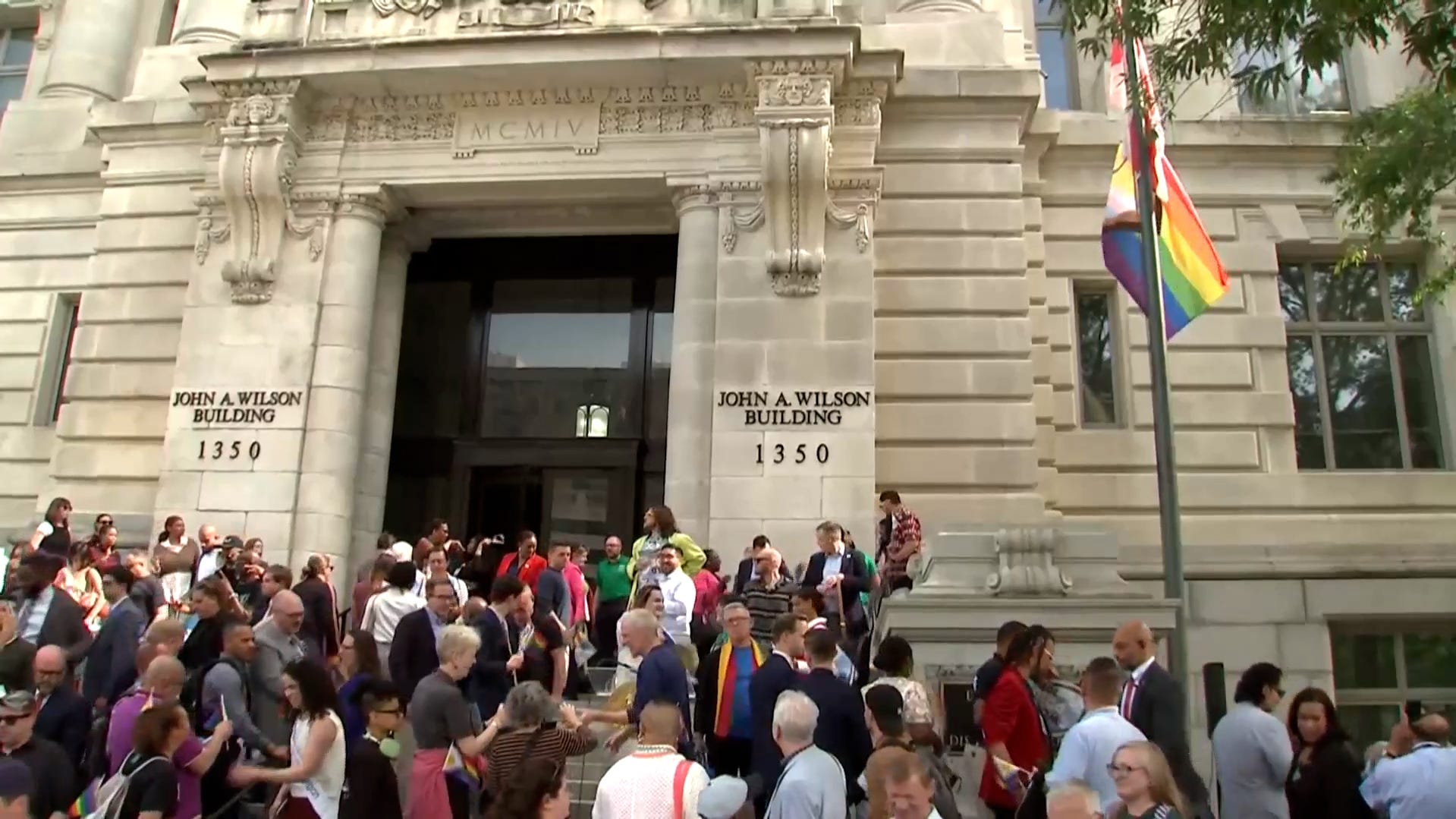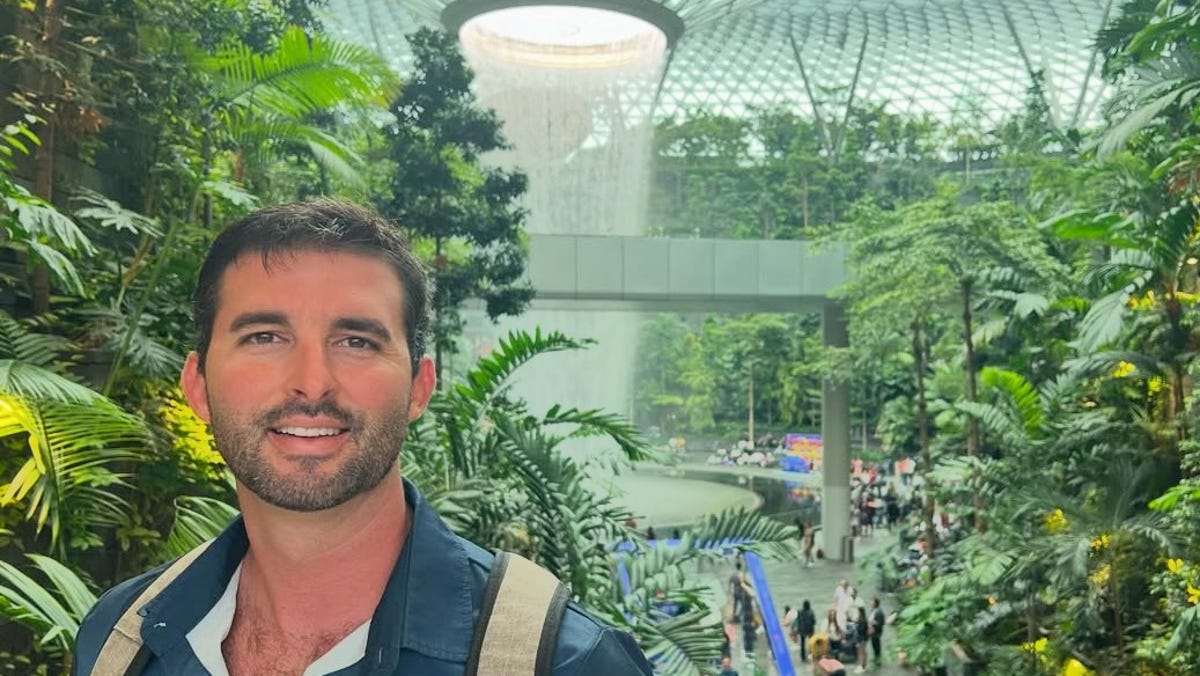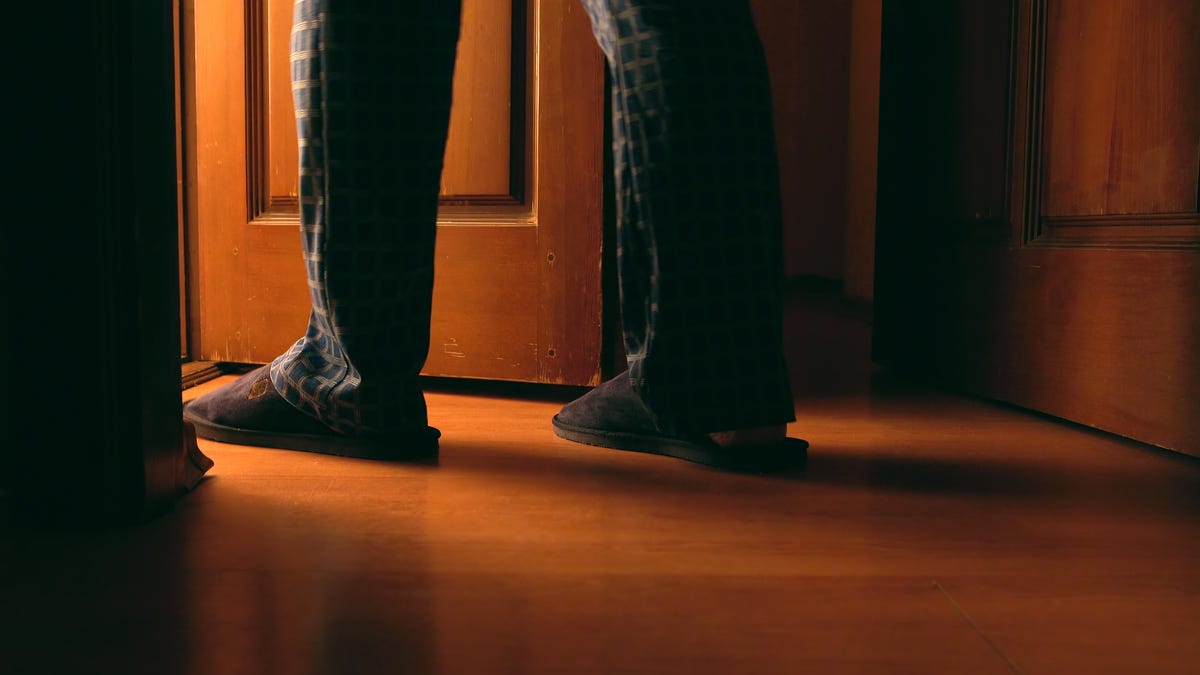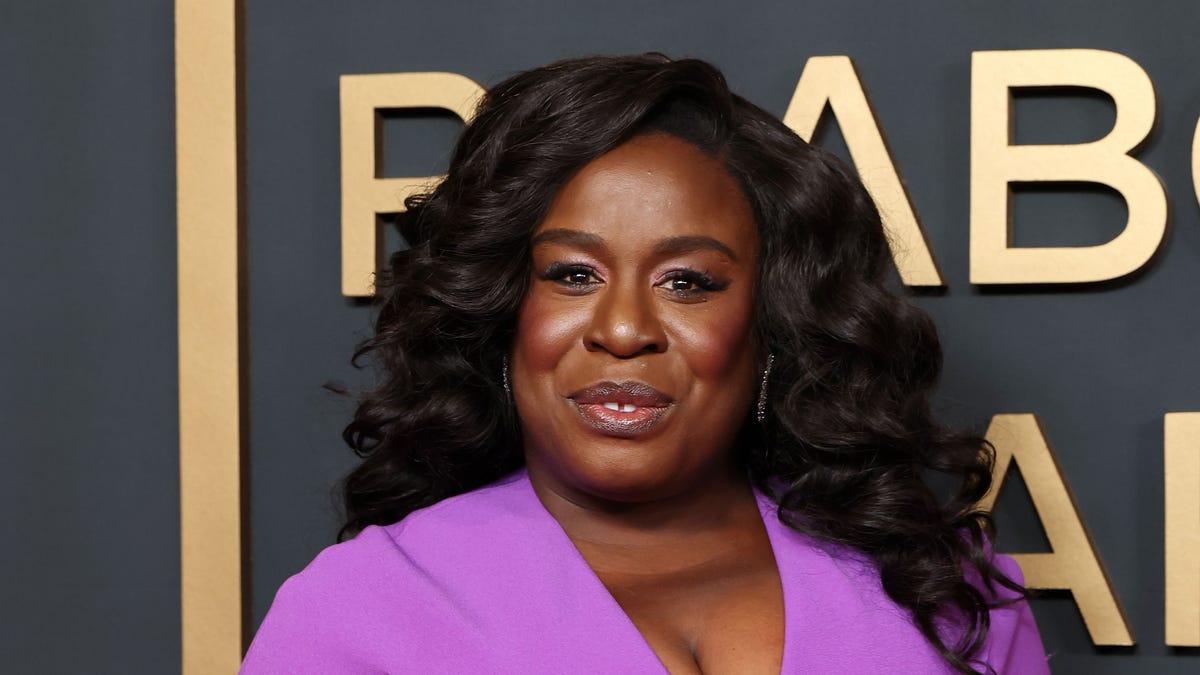
Pride flag raised in DC in honor of Pride month
Officials, organizers and supporters gathered in front of the John A. Wilson building in Washington D.C. as the Pride flag was raised.
Nick Matson’s July wedding is fast approaching. A hundred people sent in their RSVPs. He and his fiancé hired a choreographer for their first dance, picked a cake. But there’s a problem – one that many LGBTQ+ people face.
Matson’s father and stepmother aren’t planning on attending the ceremony. A gut punch, but not a surprising one for the 32-year-old gay man.
“When I told them I proposed to Mike, they did not give me a single emotion, a congrats, a happy for you,” the influencer, who goes by AuthenNick, says over a Zoom call, recalling the dead silence. Ultimately, they’ve since told him they’ll come to the reception but not the ceremony, citing their religious objections.
Matson made a viral TikTok video about the situation, which has almost 100,000 likes and nearly 14,000 comments. Support poured in: “its not a gay wedding, its just their son’s wedding, its on them if they don’t understand.” “Their son should be first above anything. Sorry they are causing you pain.” “I’ll send my parents. They’re always down for a wedding.”
If you scrolled through TikTok the last few years, that sentiment might sound familiar. Back in 2021, a stranger offered to stand alongside same-sex couples on their wedding day, if they didn’t have their biological parents’ support. That initial invitation grew into a Facebook group of more than 60,000 people and an app launched in October 2024 called “Stand in Pride” (now a nonprofit organization) that aims to connect LGBTQ+ people and allies. It has a similar number of users.
And it’s coming at a crucial time for queer people like Matson, as anti-LGBTQ+ legislation and sentiment has only increased in the U.S. in recent years and months. “The backlash that’s happening politically is making people realize, ‘I want to do something,'” says Daniel Blevins, founder of “Stand in Pride.” Standing in for someone on the most important day of their life is an easy way to give back – perhaps beyond a TikTok comment.
Stories of belonging and identity across America: Sign up for USA TODAY’s This is America newsletter.
‘I think it’s beautiful’
Matson’s father’s rejection hurt him deeply. But the influencer has a lot worth celebrating: He’s sober after struggling with addiction and finally happy after feeling different all his life due to his sexuality.
“You would think as a parent, you’d want to be supportive of that,” he says. “And I understand he’s got his beliefs, but it does not make it easy.” The two have since talked more about the big day, especially after the viral TikTok, hence the compromise to go to the party but not the ceremony.
Still, Matson has plenty of people in his corner, including his biological mother, who couldn’t wait to pick out her dress for the occasion. But he thinks the Stand in Pride movement is a crucial one.
“There’s got to be people out there that have nobody, and to have people in our community that volunteer and give back in that way, I think it’s beautiful,” he says.
The app works like a social media platform, were you can set your range from 100 miles all the way to 1,000 miles – i.e., how long you’d be willing to travel to attend a wedding. People can introduce themselves and share pictures, and Blevins hopes to grow it into a learning platform for LGBTQ+ people and allies to learn more about queer history, too. Stand in Pride also has a business directory for queer-owned and queer-affirming businesses, with space for them to advertise and to connect with the community.
Whether the group is stepping up for someone like Matson or someone with no support system at all, community members are happy to help each other.
“People are scared, but the need has always been there,” Blevins says. “There just hasn’t been an outlet for it until now.”
Contributing: Eve Chen









